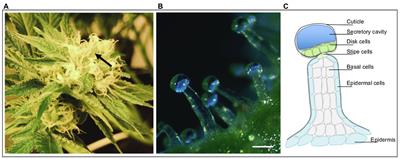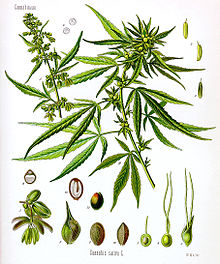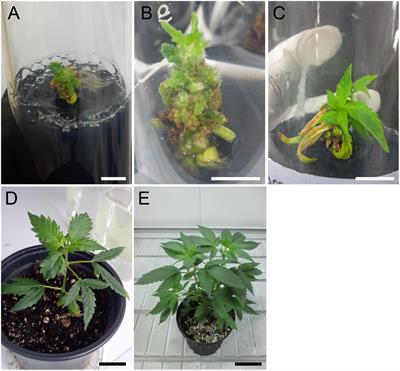windmills
Well-known member
I never bothered to determine what exact percentile of hermi's I found, except that I know I have found them. I have seen them in several strains I have tried to grow. I believe it to be prudent and relevant to, as others have discussed, express our own direct experiences. Bringing into any conversation that this is what "everyone" sees, or "everyone" does not see, regarding another poster's view, is simply boastful nature. To proclaim or to promote oneself point of view. This is obvious ganging up or bullying. We are all here to share our direct experiences and hopes. Denigrating, or attempting to do so, in such derogatory efforts, or limiting others in their conversation, is not that. Correcting a misquote(s) of others, however, is both prudent and relevant. We should strive not to misquote. We all come here hopefully to insightfully grow, and to learn from each other. Something we all should remember, and to be true to.I can tell you this, as a practical producer and breeder, no way am I going to facilitate or keep hermi's in my garden. The end result can only be disastrous in the short term. And, I am not in this for any long term - survival of the species - game. The plant was doing just fine with that before I ever arrived. Anyone who has ever chucked knows that seeds dramatically change a lot of the makeup of the end product. If you want seeds, that can be desirable, but if not, not much. They change where the plant is putting its energy, and it's chemical composition. Having done this a significant amount of time I am not interested in wasting my time. If someone wants to keep or, crazier yet, introduce hermi's into their end game, that is up to them. Personally, I avoid them always, like the plague. And do whatever I need to and what's best so to not create any anew. I want to limit unnecessary and undesirable surprises.
Regarding hermaphrodism: Discussing whether they started out as male, or female, seems an oxymoron to me. The fact is that they are exhibiting dual-sex tendencies. I know there are humans, for example, that are apparently born with both male and female genital organs, on the same living person. Are they a man, or a women? I would guess that if they are both working then only truly a medical doctor maybe possibly could decide. If a plant that starts out looking female starts to develop male pollen sacks, is it a female plant? Or is it a male? To me it is a hermaphrodite, and this exhibited tendency has ruined crops of my friends, and mine too. If someone has the determination and time to process what could be decades long, or lifetime experience, of keeping such plants in their own genetic pool, rather than culling them, I guess they could. Given the unknown, or unspecified values, I never could or would.
I know I could never feel good about gifting such byproducts, in the nature of seeds, to anyone else, even with letting them know they came from hermaphroditic stock. If they happen to possess some qualities that other sibling true females in my garden might somehow be lacking, sorry for that. They are untrustworthy. Personally I have no time for their destructive and unpredictable nature. Especially for guerilla growing. Where one comes and goes from their area perhaps on an every other week time frame. Hermi's can easily blow in such time frame. In a small space they can seed everything there, and create a rat bonanza for any that wanders into the space. With all your hard work either lying or rotting on the ground. In this one lifetime that I have now, I just have no time to waste for this.
Last edited:


 you see
you see





